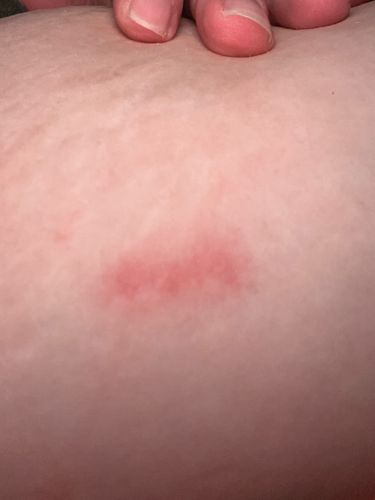Mosquito
Scientific Name: Culicidae
Order & Family: Diptera, Culicidae
Size: Typically 3 to 6 mm (0.1 to 0.25 inches) in length, though some species can be larger.

Natural Habitat
Mosquitoes are found worldwide in various habitats, especially near stagnant or slow-moving water sources like ponds, swamps, marshes, ditches, and artificial containers, as these are essential for their larval development. They are also common in residential areas where water can accumulate.
Diet & Feeding
Adult female mosquitoes feed on the blood of vertebrates (including humans, mammals, birds, and reptiles) to obtain proteins and nutrients necessary for egg development. Both male and female mosquitoes also feed on nectar and plant juices for energy.
Behavior Patterns
Mosquitoes are most active during dawn and dusk, though some species bite during the day. They are attracted to carbon dioxide, body heat, and certain compounds in sweat. Females lay eggs in or near water, and the life cycle (egg, larva, pupa, adult) can be completed in as little as 5-7 days under optimal conditions. Larvae and pupae are aquatic.
Risks & Benefits
Risks: Mosquitoes are significant vectors for numerous diseases worldwide, including malaria, dengue fever, Zika virus, West Nile virus, chikungunya, and yellow fever, causing millions of illnesses and deaths annually. Their bites can also cause itchy, irritating welts. Benefits: In their larval stage, mosquitoes are a food source for aquatic animals like fish and amphibians. As adults, they can act as pollinators for some plants, though their primary ecological role often revolves around being prey for insectivorous animals like bats and birds.
Identified on: 9/5/2025